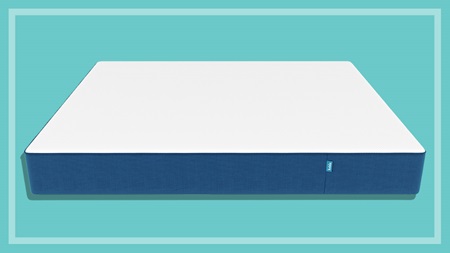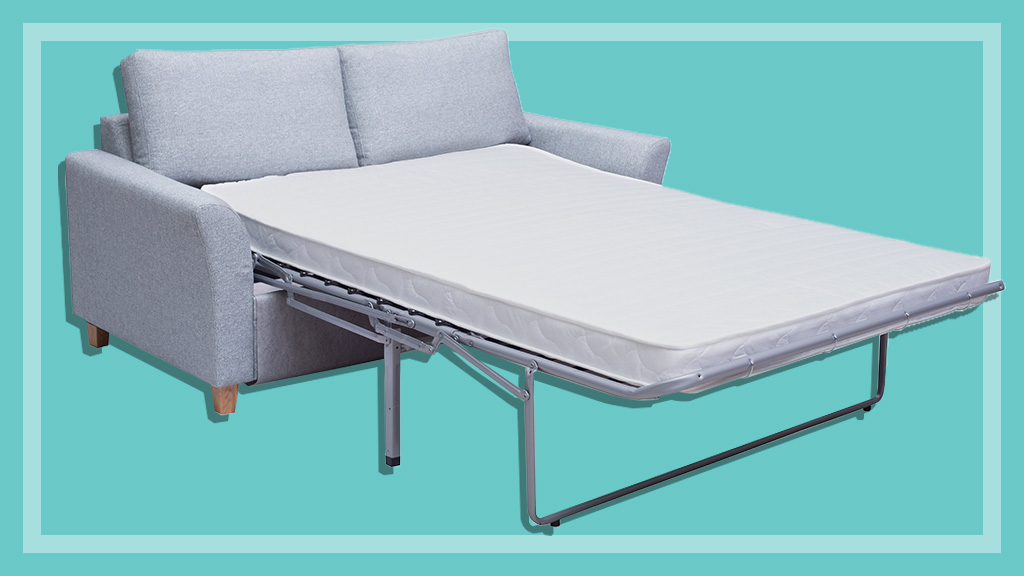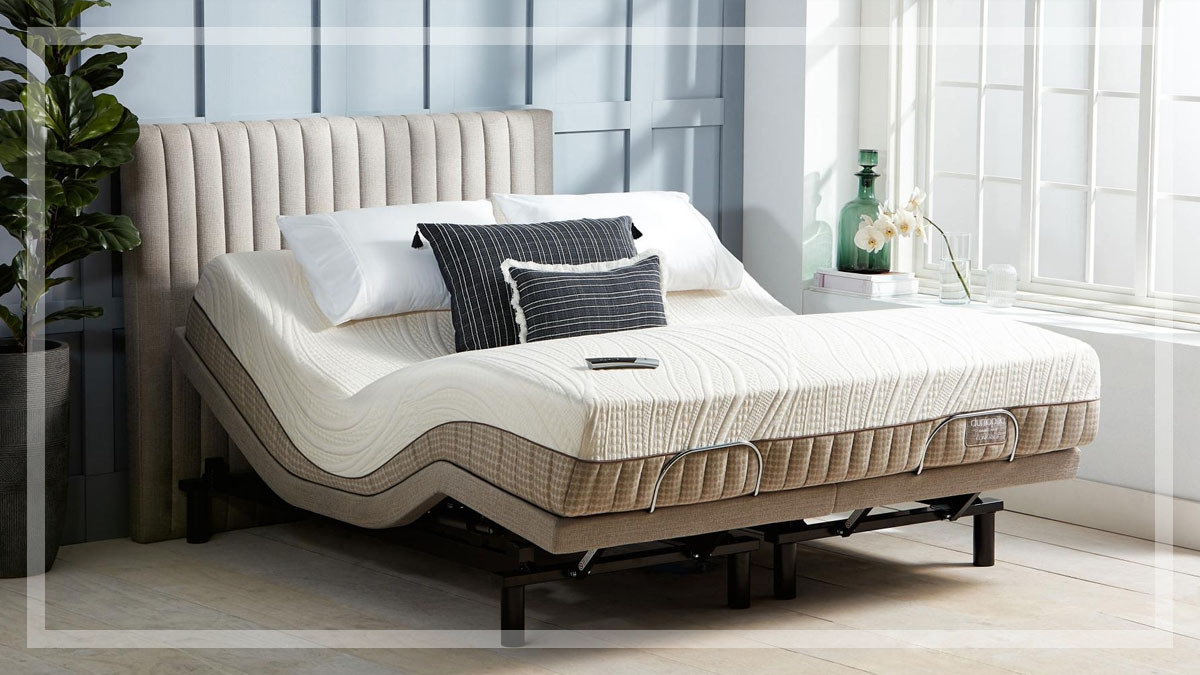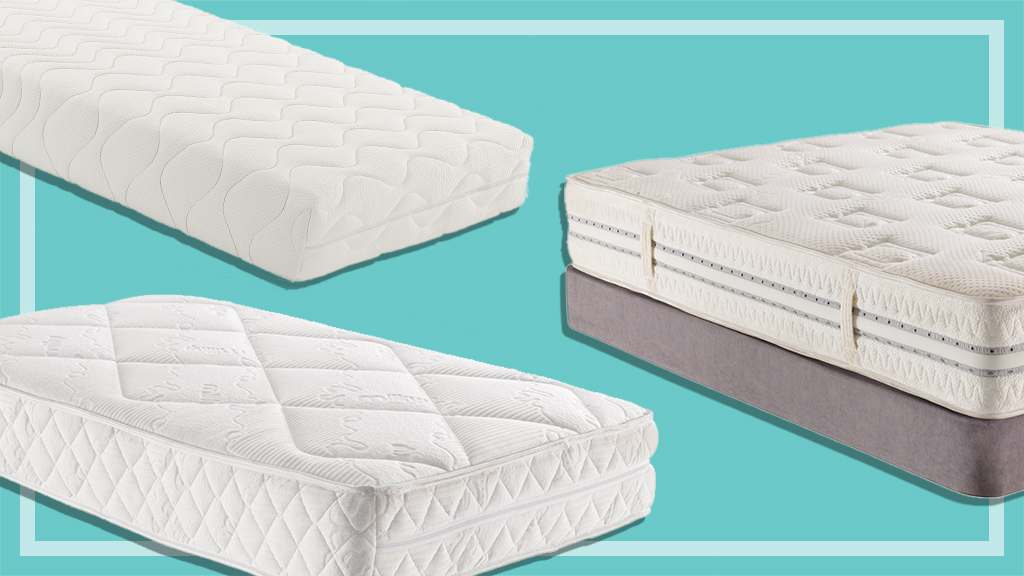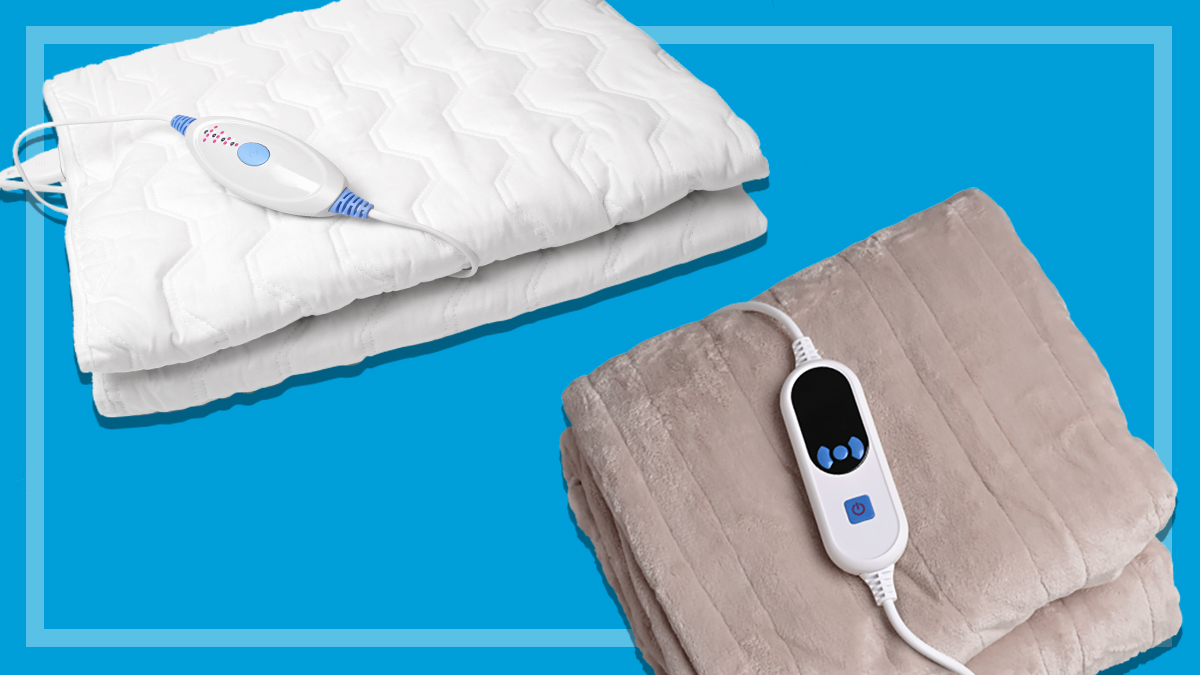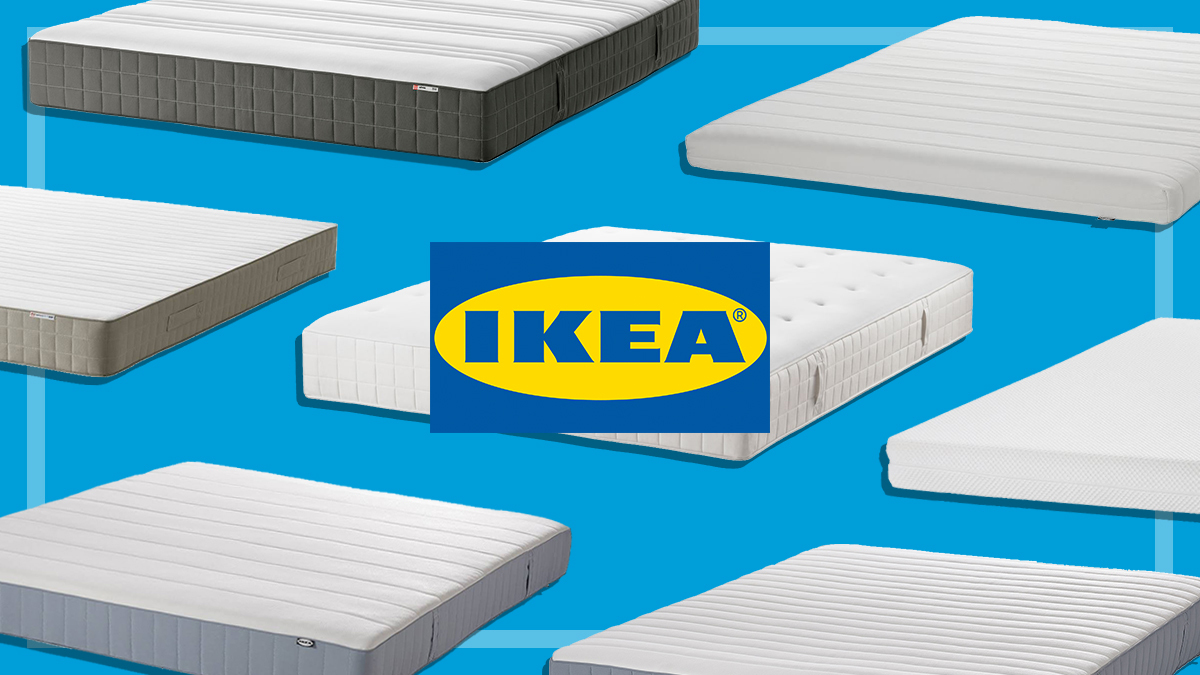Get our independent lab tests, expert reviews and honest advice.
How to buy the right mattress topper for a good night’s sleep
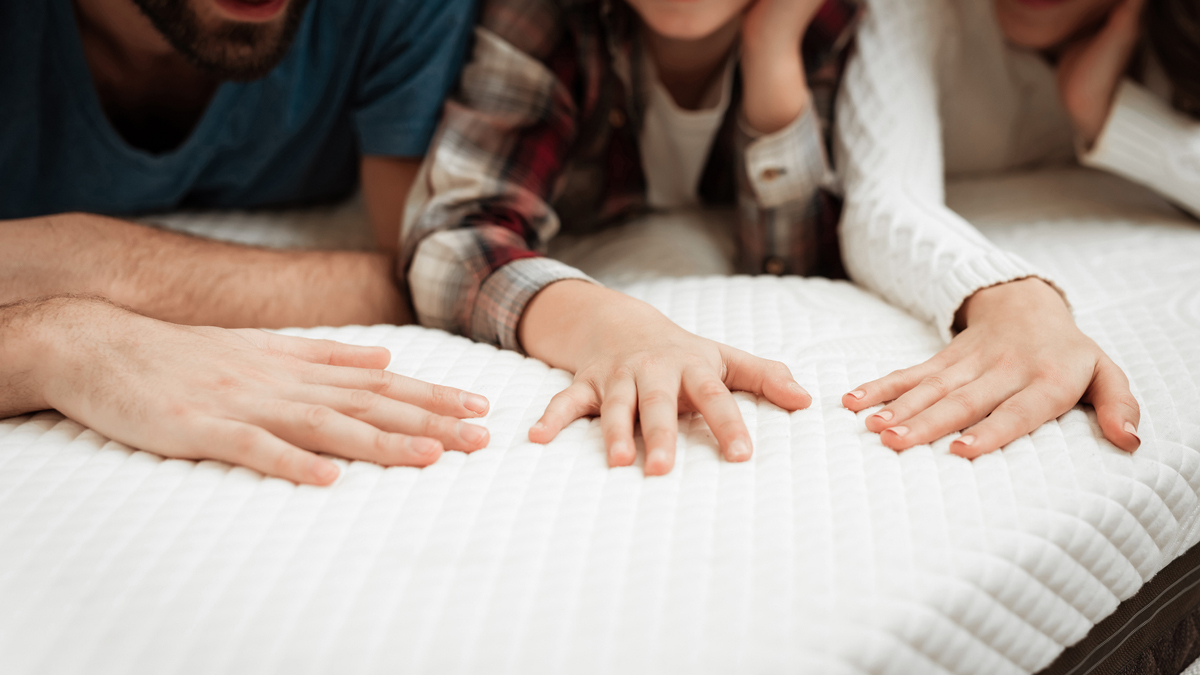
Let’s face it, most of us could probably benefit from a better night’s sleep. But could a piece of bedding really make that much difference? From wool and polyester to latex and memory foam, there are a range of mattress toppers on the market, each with their own pros and cons. We take you through the ins and outs of mattress toppers and what they can do for you.
On this page:
- What is a mattress topper?
- Do you need a mattress protector if you have a mattress topper?
- Can you use an electric blanket with a mattress topper?
- What can mattress toppers do?
- Types of mattress toppers
- Shopping for mattress toppers
- How do you clean a mattress topper?
- How to dispose of your old mattress topper
What is a mattress topper?
With so many bedding terms flying around, it’s easy to get confused about which bits of bedding do what. Some suppliers readily interchange the terms ‘underlay’, ‘mattress protector’, ‘mattress topper’ and ‘mattress pad’, but most make a distinction, and that’s what we’ll do here.
A mattress topper is basically an extra layer, about 2 to 10cm high, that sits on top of your mattress. The height of the extra layer distinguishes mattress toppers from mattress pads, which are pretty much flat. The primary purpose of this high extra layer is to make your mattress feel firmer or softer – whichever is more comfortable for you.
Some toppers are simply placed on the mattress, while others can be attached with elastic loops or with an elasticised skirt like a fitted sheet. While toppers can help protect your mattress from spills, they’re not mattress protectors, which are especially designed for this purpose.
Do you need a mattress protector if you have a mattress topper?
Yes, because they’re each for specific elements: the protector to protect from spills and other nighttime accidents, while the mattress topper is designed for comfort or support, dependent on the material. You can put the mattress protector over the mattress topper so it protects both, and the fitted sheet can go over the mattress topper.
Can you use an electric blanket with a mattress topper?
Some manufacturers recommend that you can, and some don’t. It depends on the type of material the mattress topper is made from. We’d advise checking out manufacturer recommendations before buying (they’ll let you know on their website). Keep in mind that depending on the thickness of the mattress topper, you’ll probably want this as a layer under your mattress protector.
So depending on the sheer volume of layers you normally put on your mattress, you’ll be up for an ordered layer of mattress > mattress topper > electric blanket > mattress protector > fitted sheet.
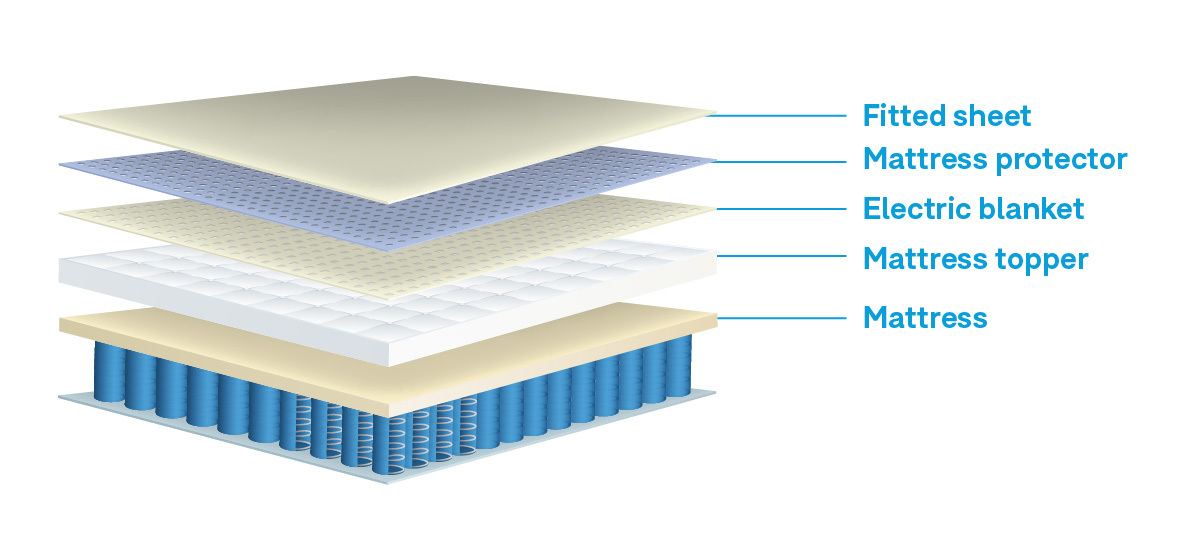
What can mattress toppers do?
If any of the below sound good to you, you might want to consider a topper.
Make your mattress more comfortable
Adding a topper can make your mattress feel softer or firmer. Toppers can also help your money go further by prolonging the life of your current mattress, as toppers tend to fill the sagging in the springs and generally reduce wear and tear. Think of it as using cream to fill in a sunken cake out of the oven – it’s not a perfect fix but it delays you having to replace the mattress.
Help ease aches and pains
Some people with injuries or sore joints find that toppers help to alleviate pain. This is because toppers may be able to disperse concentrated pain more evenly. However, it’s important to note that while this effect has been recorded in small studies and tests carried out by health organisations, this has not been proven by major scientific studies.
Help cool you down
If you tend to overheat on summer nights, especially when sleeping on a synthetic mattress, using a topper made of natural fibres can bring down your sleeping temperature.
Reduce mattress movement
Foam and latex mattress toppers can absorb movement and reduce disturbances caused by partners moving around in bed.
What mattress toppers can’t do…
While toppers can help even out minor dents and sags for some time, they aren’t a permanent cure and can’t miraculously resurrect your very ancient sagging mattress. Likewise, if you’re desperate to stop waking up every time your partner turns, toppers can assist, but if you have a coil mattress, especially one with a connected coil structure, a topper might not have the life-altering effect you were hoping for.
Types of mattress toppers
The best type of mattress topper is the one that best suits your circumstances, needs and preferences.
Toppers come in five main categories: woollen, memory foam, latex, feather and down, and polyester.
You can also choose from a range of synthetic toppers with cheaper fillings. These are usually much cheaper than other toppers, but don’t last as long. We’ve based all our pricing figures on a queen-sized mattress topper.
Woollen mattress topper
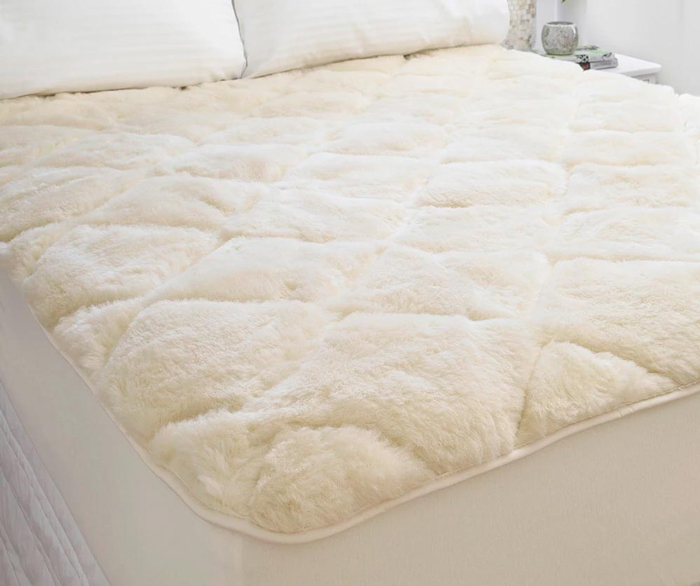
Woollen toppers are generally harder to find and quite expensive. But wool does have some characteristics which are beneficial, like being breathable and resistant to mildew, as well as being biodegradable.
Price
Woollen mattress toppers tend to cost $250–500 due to the cost of using natural materials like wool.
Pros
- Breathable material.
- Resistant to mildew.
- Biodegradable.
Cons
- Tend to be more expensive.
- Less supportive material compared to others.
Memory foam mattress topper
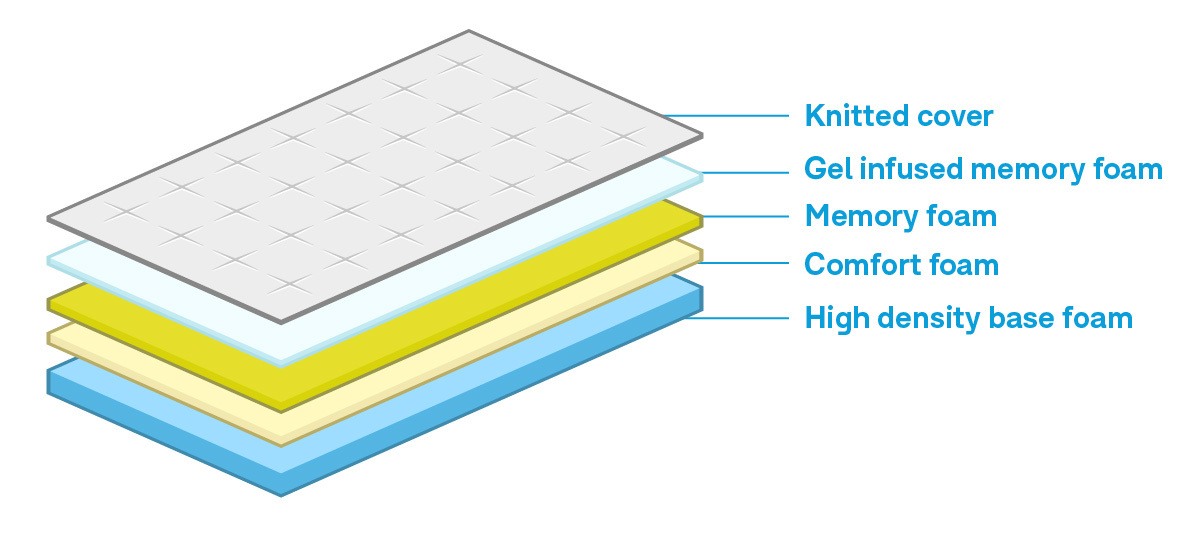
Memory foam is a predominantly petroleum-based material that can feel very unusual if you’re used to a traditional mattress. It softens in reaction to body heat at the points of most pressure, which some say helps alleviate pain.
This foam also has unique shape shifting abilities – you can compress it in some weird and wonderful ways and it’ll still return to its original shape.
There are several types of memory foam, most of which have been modified to overcome the tendency of your body to overheat when sleeping on traditional memory foam. These types include open-cell foam, and foam infused with gel, copper, graphene and even microscopic diamonds.
Price
Memory foam mattress toppers tend to cost $200–500, with the price increasing as the thickness does and when the memory foam is infused with other materials.
Pros
- Returns to its original shape, so there’s no need for shaking.
- Could help alleviate pain from arthritis and other musculoskeletal issues.
- Can reduce disturbance from a partner’s tossing and turning.
Cons
- Can be hot to lie on.
- May make you feel you’re ‘sinking’ too much into the bed.
- Can make it more difficult to turn over or move about.
- Could contain allergy-inducing chemicals and some types can emit VOCs.
- May need airing before first use.
- Low tolerance to moisture – spills can ruin them.
Latex mattress topper
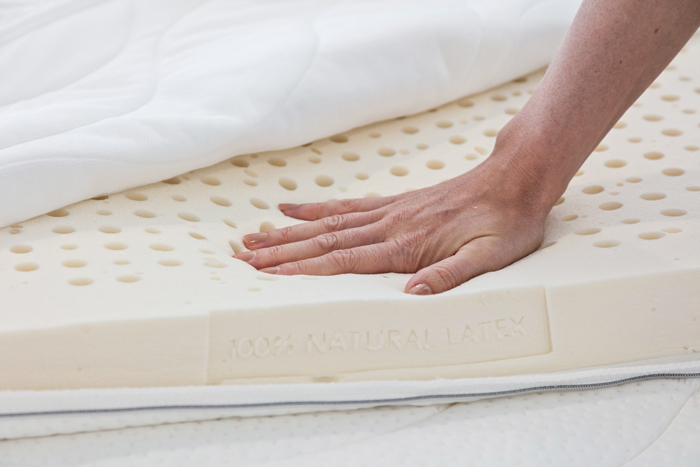
Latex toppers, composed of rubber sap or synthetic rubber, could take a bit of getting used to, so it’s a good idea to try before you buy to check if they’re for you.
Latex toppers adapt to pressure like foam, but don’t mould to the body as closely as memory foam, which might suit you if you’re a hot sleeper and prefer to lie on your bed rather than in it.
Natural latex is also more breathable than memory foam and more resilient, making it an excellent choice for heavier people.
Price
Latex toppers can cost anywhere from $300–2500, but generally cost about $500. The more expensive latex toppers are due to the materials the latex has been blended or covered with, particularly for the top layer.
Pros
- Adapts to body pressure.
- Returns to its original shape quickly, so there’s no need for shaking.
- Reduces disturbances from a tossing and turning partner.
- Less reactive for asthmatics and some forms of contact dermatitis.
- Antimicrobial and non-allergenic (unless you have a latex allergy).
- Lasts a long time.
- Not as body contouring as memory foam so less of a ‘stuck’ feeling.
Cons
- Feels too unusual or firm for some.
- Can be an expensive option.
- Usually heavier to manoeuvre than other types of toppers.
Feather and down toppers

Feather and down toppers offer that traditional, sleeping-on-a cloud feeling. Feathers and down come from either ducks or geese, but where feathers are the bird’s outer layer of protection, down is the bird’s underlayer of insulation.
The ratio of feather to down will make all the difference in terms of quality and price.
Feathers can provide a more solid, supportive feeling than down. However, quills tend to line up over time, causing the topper to become flatter more quickly.
On the other hand, the spherical structure of down means it springs right back into shape. This is what gives down its signature loft.
Price
The cost of feather and down toppers is generally $200–900, and is largely dependent on the down to feather ratio. The higher the down content, the higher the price.
Pros
- Doesn’t hold heat in hot weather.
- Insulates in cold weather.
- Breathable.
- Lightweight – easier to handle than many toppers.
- Doesn’t inhibit movement.
Cons
- Needs regular shaking to maintain loft.
- Not hypoallergenic.
- May cause you to be pricked by feather quills.
- Could be inhumanely sourced, so look into the credibility of any ethical standards certifications attached to the product.
- Low tolerance to moisture, especially if more feather than down.
Polyester mattress topper
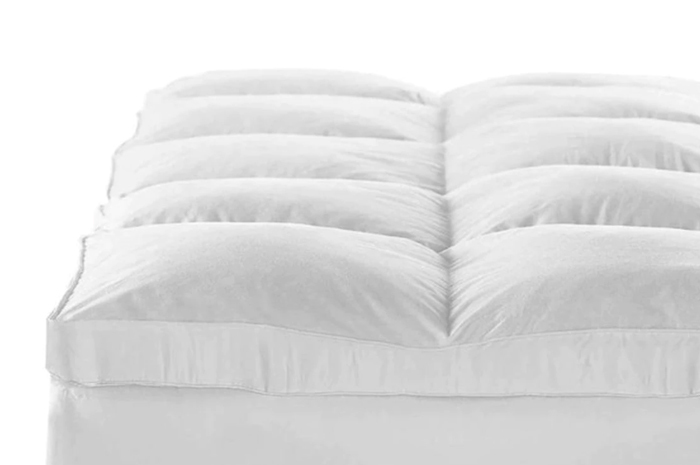
Polyester or synthetic toppers are a good choice if you want a softer night’s sleep without spending up big. The filling is made from tiny synthetic (usually polyester) fibres.
Being synthetic, it retains heat, which might be attractive or not, depending on the climate and your night-time body temperature.
The filling is measured in GSM, or grams per square metre, so the higher the GSM, the less your topper will flatten and the more cloud-like it will feel.
Price
Polyester mattress toppers tend to cost between $70 and $400, with price being influenced by GSM and any blending with natural fibres.
Pros
- Relatively cheap.
- Hypoallergenic, and some are further treated to resist common allergens and bacteria.
- Often machine-washable.
- Quick drying.
Cons
- Doesn’t breathe well.
- Relatively short lifespan.
- Can clump, so might need frequent shaking.
- Will flatten, so requires regular fluffing up.
Shopping for mattress toppers
Sometimes you can test out mattress toppers instore, but often you can’t, so it’s especially important to check which products you can return. While some bedding companies, usually those specialising in foam or latex toppers, offer trial periods, others have ‘non-refundable unless faulty’ policies.
Also take care to read any warranty conditions carefully, as you’ll probably find a whole range of circumstances are not covered.
And keep in mind that the average mattress topper should stay in good condition for about 3–5 years.
How do you clean a mattress topper?
If something gets through your mattress protector through to your mattress topper, you’re going to want to at least check to see if it has soaked through, and clean it if it’s gotten dirty. Normal sweat and nighttime activities can also eventually make their way through to this layer, so it’s worth making sure you check and clean periodically, regardless of accidents.
Before following the directions below, check your mattress topper instructions and use these as a priority. If the website for the manufacturer still exists, check that as well if you don’t have a hard copy or it’s not on the mattress topper labelling.
Cleaning a mattress topper is remarkably similar to cleaning your mattress – or a carpet stain. Blotting, soaking up spills, vacuuming and other light cleaning activities are the order of the day.
Doing these repeatedly should get rid of most stains. If your mattress topper has a cover, then that gives you the option to go to the layer below to find out whether a stain has gotten deep in the mattress topper. Sometimes you even have the option of cleaning the cover in a washing machine – much simpler, but again, check the instructions.
We can almost guarantee most manufacturers will not recommend using a harsh chemical cleaner, nor have we seen any manufacturer recommend putting the entire topper into a washing machine.
How to dispose of your old mattress topper
Toppers are big, bulky items that may contain hazardous materials. Disposing of them responsibly is no easy task. You can’t put them in your recycling bin and most recycling centres shift them straight to landfill. While some manufacturers and specialised companies recycle mattresses, most don’t yet recycle the toppers. What’s more, most charities no longer accept used mattresses or toppers.
You can take your topper to the tip or use a rubbish removal company, though this will involve a fee.
To dispose of toppers without a charge, you could:
- fit it into your regular bin, if possible
- use your local council’s hard waste collection service
- sell it online, which is much easier if it’s unused or in pristine condition
- use an exchange or donation service such as Freecycle that will let someone take if off your hands for free.
Repurposing your mattress topper
The good news is there are plenty of uses for your old mattress topper or for the filling, if it can be cut up. Your old topper could become:
- a camping mattress
- extra cushioning for guests on foldout sofa beds
- insulation for thin window panes
- luxurious bedding for your dog or cat
- lumbar support for your office chair.

